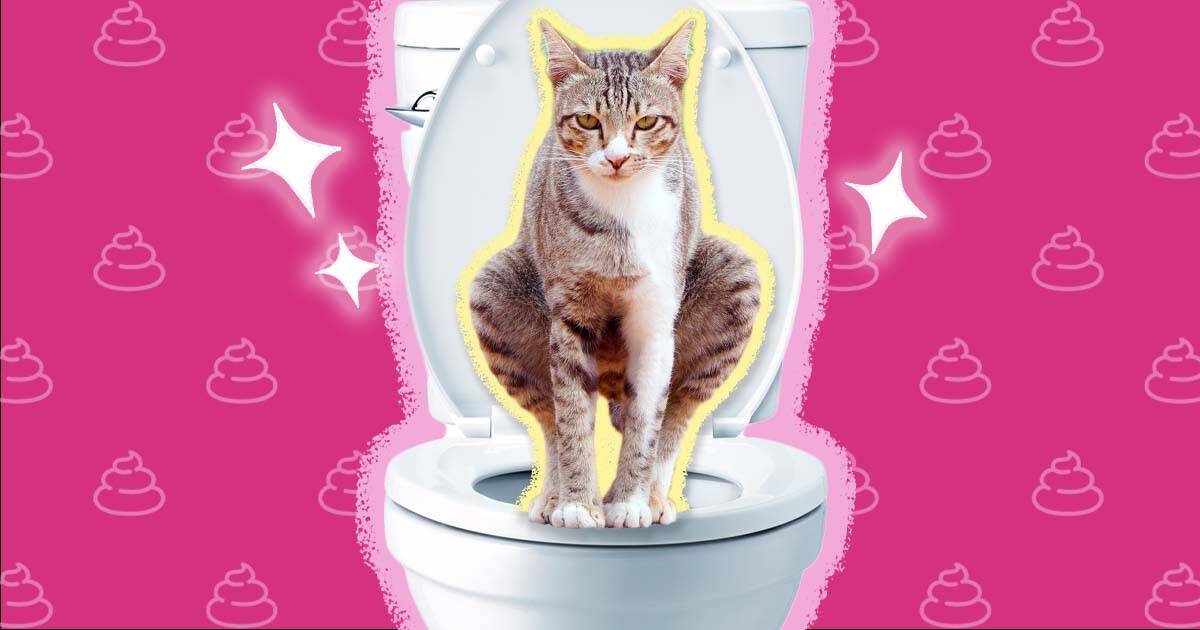Why You Mustn't Flush Cat Poop Down Your Toilet - Preserve Your Pipe Health
Why You Mustn't Flush Cat Poop Down Your Toilet - Preserve Your Pipe Health
Blog Article
On this page below you will find some good quality insights related to How to Dispose of Cat Poop and Litter Without Plastic Bags.
Intro
As cat proprietors, it's essential to bear in mind how we dispose of our feline good friends' waste. While it may seem convenient to flush cat poop down the bathroom, this practice can have damaging effects for both the environment and human health.
Alternatives to Flushing
The good news is, there are safer and extra accountable means to deal with feline poop. Consider the following alternatives:
1. Scoop and Dispose in Trash
The most typical technique of dealing with feline poop is to scoop it into a biodegradable bag and toss it in the garbage. Make sure to utilize a devoted clutter scoop and take care of the waste promptly.
2. Use Biodegradable Litter
Choose eco-friendly cat trash made from materials such as corn or wheat. These trashes are eco-friendly and can be securely thrown away in the garbage.
3. Hide in the Yard
If you have a lawn, take into consideration burying pet cat waste in an assigned location far from vegetable yards and water sources. Make sure to dig deep enough to stop contamination of groundwater.
4. Install a Pet Waste Disposal System
Invest in a pet dog garbage disposal system particularly made for feline waste. These systems make use of enzymes to break down the waste, decreasing odor and ecological influence.
Health Risks
In addition to environmental worries, flushing cat waste can likewise pose health threats to people. Pet cat feces may include Toxoplasma gondii, a parasite that can trigger toxoplasmosis-- a possibly severe disease, particularly for expecting females and people with damaged immune systems.
Environmental Impact
Purging cat poop presents damaging microorganisms and parasites right into the water, presenting a substantial danger to marine ecosystems. These contaminants can adversely affect marine life and concession water high quality.
Conclusion
Liable family pet possession expands beyond giving food and sanctuary-- it likewise entails proper waste monitoring. By avoiding purging feline poop down the toilet and choosing alternate disposal approaches, we can lessen our ecological impact and protect human wellness.
Why Can’t I Flush Cat Poop?
It Spreads a Parasite
Cats are frequently infected with a parasite called toxoplasma gondii. The parasite causes an infection called toxoplasmosis. It is usually harmless to cats. The parasite only uses cat poop as a host for its eggs. Otherwise, the cat’s immune system usually keeps the infection at low enough levels to maintain its own health. But it does not stop the develop of eggs. These eggs are tiny and surprisingly tough. They may survive for a year before they begin to grow. But that’s the problem.
Our wastewater system is not designed to deal with toxoplasmosis eggs. Instead, most eggs will flush from your toilet into sewers and wastewater management plants. After the sewage is treated for many other harmful things in it, it is typically released into local rivers, lakes, or oceans. Here, the toxoplasmosis eggs can find new hosts, including starfish, crabs, otters, and many other wildlife. For many, this is a significant risk to their health. Toxoplasmosis can also end up infecting water sources that are important for agriculture, which means our deer, pigs, and sheep can get infected too.
Is There Risk to Humans?
There can be a risk to human life from flushing cat poop down the toilet. If you do so, the parasites from your cat’s poop can end up in shellfish, game animals, or livestock. If this meat is then served raw or undercooked, the people who eat it can get sick.
In fact, according to the CDC, 40 million people in the United States are infected with toxoplasma gondii. They get it from exposure to infected seafood, or from some kind of cat poop contamination, like drinking from a stream that is contaminated or touching anything that has come into contact with cat poop. That includes just cleaning a cat litter box.
Most people who get infected with these parasites will not develop any symptoms. However, for pregnant women or for those with compromised immune systems, the parasite can cause severe health problems.
How to Handle Cat Poop
The best way to handle cat poop is actually to clean the box more often. The eggs that the parasite sheds will not become active until one to five days after the cat poops. That means that if you clean daily, you’re much less likely to come into direct contact with infectious eggs.
That said, always dispose of cat poop in the garbage and not down the toilet. Wash your hands before and after you clean the litter box, and bring the bag of poop right outside to your garbage bins.
https://trenchlesssolutionsusa.com/why-cant-i-flush-cat-poop/

As an enthusiastic person who reads on Can You Flush Cat Poop Down The Toilet?, I think sharing that piece of content was a good idea. Do you know somebody else who is fascinated by the topic? Be sure promote it. Thanks for taking the time to read it.
Instant Quote Report this page